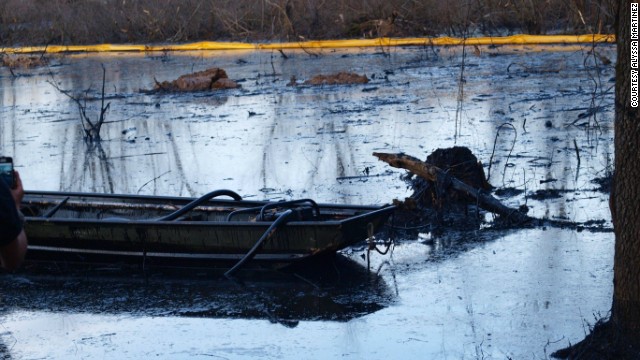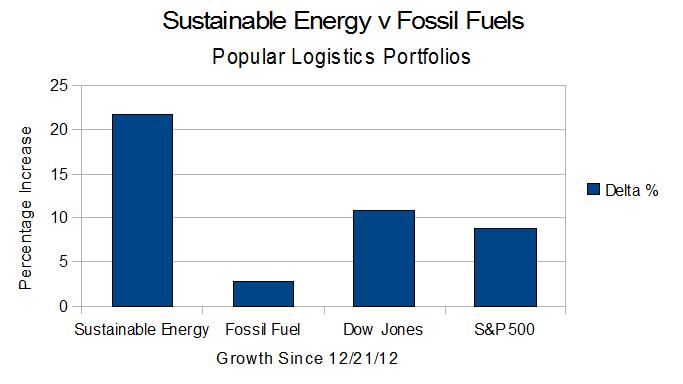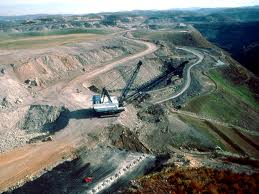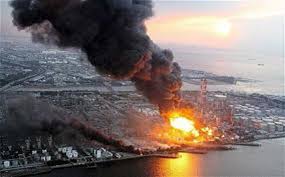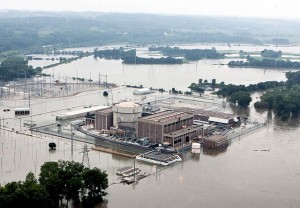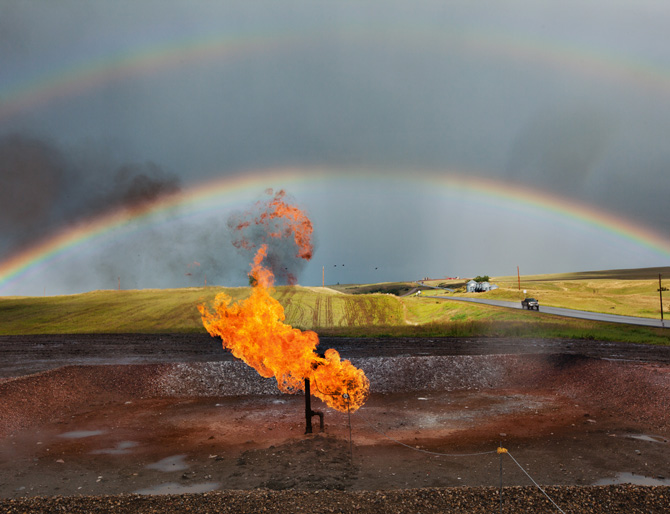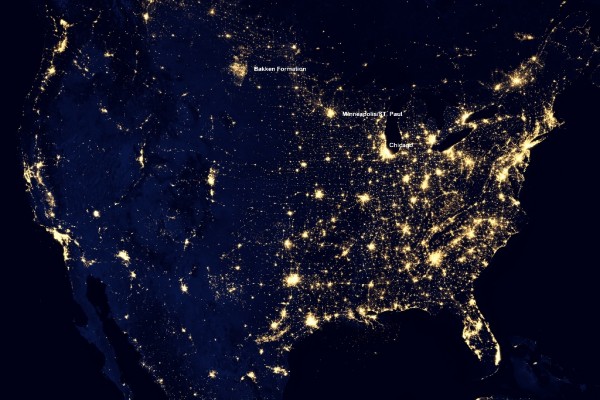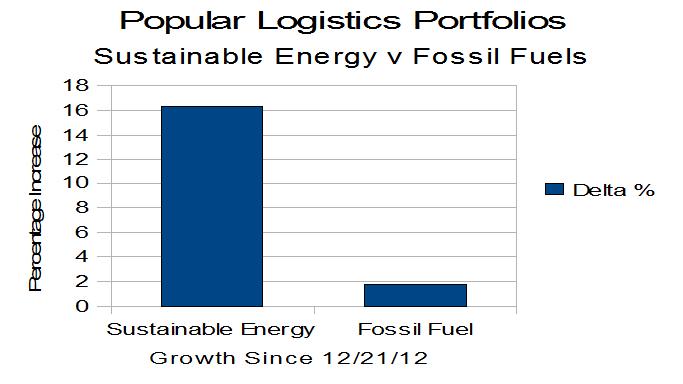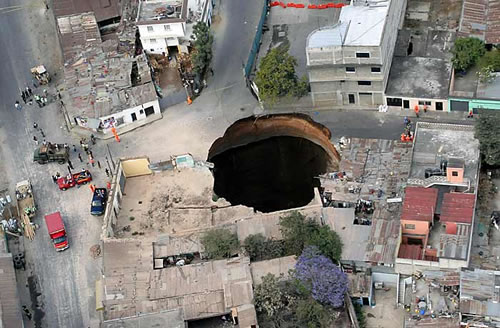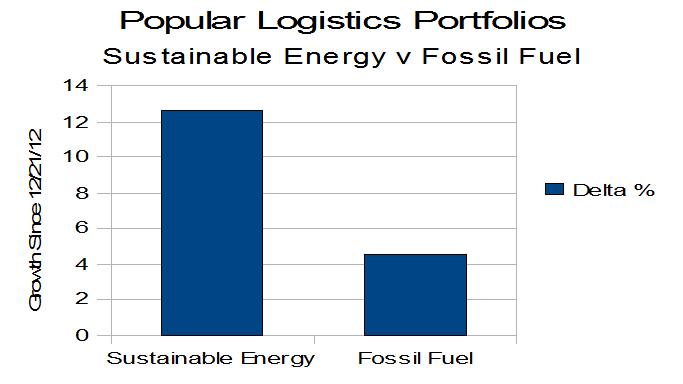Back in the mid-1970’s, Amory Lovins, currently with the Rocky Mountain Institute, said “The cheapest unit of energy is the one you don’t need to buy.” He called this the “Nega-Watt.” We now know that the Nega-Watt is also the cleanest unit of energy. And the second cheapest – and second cleanest – is the one which doesn’t need fuel and doesn’t create waste, which might be called the “Nega-Fuel-Watt” or “Nega-Waste-Watt.”
Edward McAllister, reported in Reuters, covered by Yahoo News,
Warren Andrews had just finished putting up balloons for his stepdaughter’s 18th birthday party at their suburban home in Mayflower, Arkansas, when his wife came inside and said something was wrong.
After stepping out of his house, and taking one glance, he immediately dialed 911.
“I don’t know what’s going on, but I’ve got a river of oil coming down the street at me,” Andrews told the operator.
Five minutes later, the slick of noxious black crude spewing from a ruptured Exxon Mobil pipeline was eight feet wide, six inches deep and growing fast.
We now know that an Exxon Mobil pipeline, like the proposed Keystone Pipeline, carrying Canadian crude oil ruptured on Friday, March 29, 2913, spilling an estimated 500,000 gallons of oil into the grounds of the town. 500,000 gallons is roughly 11,000 barrels.
